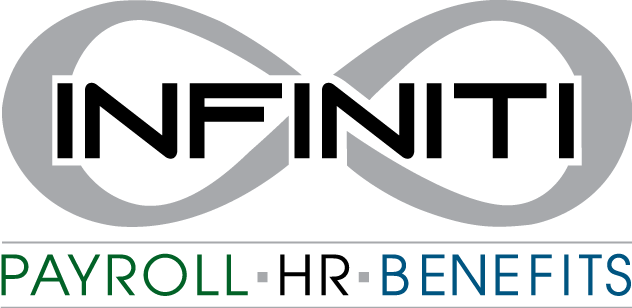Blog
Our blog offers important resources, helpful articles, and practical ideas on the human resources topics that matter to you.
Our blog offers important resources, helpful articles, and practical ideas on the human resources topics that matter to you.
Home / Media / Blog / FLSA – What’s New and What’s Not?
The Department of Labor has finally released its 2019 “Final Rule,” delimiting exemptions from the Overtime Provisions of the Fair Labor Standards Act (FLSA).
“Huh?” (scratches head)… Yes, that is a frequent response.
Labor law has never been written to be easily understood. Don’t fret! We’ll try to make it simple for you.
In an attempt to boost the income of what they project to be more than 1.3 million workers, the Department of Labor (DOL) raised the salary threshold to be exempt from the provisions of the Fair Labor Standards Act (FLSA), which most employers and employees recognize as being exempt from being paid overtime (OT) when working more than 40 hours in a week, effective January 1, 2020.
We should note that where state laws are more strict or generous on OT than federal standards, state law would govern. But for now, let’s focus on how this recent change affects FEDERAL OT rules.
To be free from the obligation of paying overtime (EXEMPT), a job must meet TWO criteria. If the job doesn’t meet both requirements, you must pay OT (NON-EXEMPT).
The two criteria are:
This is where many employers have always erred. Title alone does not satisfy the first criteria. If the DOL decides to question who you classified as exempt, they will drill deeper into the day to day activities that an employee engages in.
How are exemptions (from OT) determined?
The DOL has established criteria for categories of “exempt positions” and outlines them in Fact Sheets. The job duties (not the title) are compared to the fact sheets, and if all the requirements are met, the position may qualify for exemption from paying OT. Available to the public, the expansive list can be found here: DOL Website – Fact Sheets. Fact sheet #17A is a particularly handy one.
Our recommendation is to start by taking your updated, accurate job descriptions and compare them to the various fact sheets to see if there is a match to pass the first criteria.
You don’t have job descriptions? This is one of the many reasons you need them. A good read to consider: Five Key Elements of Job Descriptions.
Certain types of work are never eligible for exemption, such as production, maintenance, construction, or repetitive operations using hands and physical skill. Other types of work have special exemptions, such as Outside Sales, and some Computer Related Occupations.
Once you have determined that a position meets the job duties criteria for exemption, you need to review the compensation.
This is where the Final Rule shakes things up more than a bit.
In the past, the math was easy, you either did or did not pay a salary of at least $455 a week. Period. But also effective 1/1/20, the DOL has thrown in a new option for organizations who are interested in more complex exempt pay programs:
This new option in the FLSA compensation calculation requires much more attention to detail, advanced planning, and periodic auditing to ensure you’re on track to meet the threshold.
Please note, employers DO NOT have to offer non-discretionary and catch up payments if they don’t want to. For simplicity, you can stick to a plain ‘ole fashioned salary of $684 a week or more to meet the compensation criteria.
Highly Compensated (HC) refers to a group of employees who are compensated above a certain threshold. Their compensation is so significant, they may be classified as exempt with more lenient expectations than set in the Fact Sheets, with the exception of specific job types set by the DOL.
The new HC employee test does NOT allow employers to credit non-discretionary bonuses or incentive payments (including commissions) towards the standard salary level, but the rest of the compensation can be incentives.
Employers who have not already audited their situation should do so quickly. Things to keep in mind:
It’s still a lot to take in. We get that.
Click the link to view the recent blog: Labor Law Updates for February 2020 or check back for more on human resources, payroll, insurance, and benefits.
Join the INFINITI HR family! Subscribe to our newsletter and get the latest HR news and tips.
INFINITI HR helps companies reduce costs by managing human resource functions while allowing businesses to focus on their core operations that impact profitability. Our platform provides full regulatory compliance management, on-demand HR guidance, real-time payroll /tax filing, POS integration and access into industry leading True-Group master policies for workers’ compensation, employment practices liability insurance, and other operational business coverages.
Toll free: 866-552-6360






